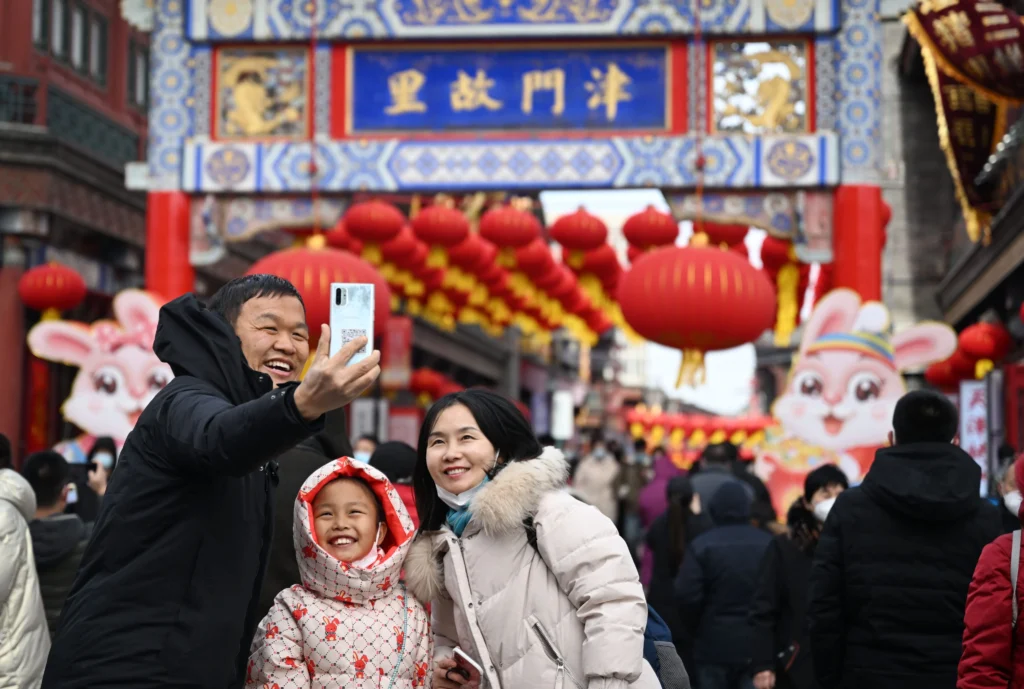Lunar New Year: China The Travel Industry Spending Tops Pre-coronavirus Level. Tourist destinations throughout China experienced significant crowds during this year’s Lunar New Year festivities.

Table of Contents
Spening in China: Lunar New Year: China The Travel Industry Spending Tops Pre-coronavirus Level
Official data indicates that tourism spending in China during the Lunar New Year break has surpassed pre-COVID levels. Government figures reveal that domestic tourism spending reached 632.7 billion yuan (£69.7 billion), marking a substantial 47% increase compared to the corresponding holiday period in the previous year. This surge in spending follows years of pandemic-related lockdowns and restrictions, which were lifted in early 2023. The extended duration of the holiday, one day longer than usual, also contributed to the boosted figures.
Statistics for the commencement of the Year of the Dragon highlight that 474 million domestic trips were undertaken during the eight-day break, concluding on Sunday. This represents a noteworthy 34% rise from the previous year and a 19% increase compared to pre-pandemic levels in 2019.
Despite authorities not furnishing an intricate breakdown of the data, computations derived from the official figures imply that the average spending per trip declined by roughly 9.5% compared to 2019. Analysts from the US investment banking giant Goldman Sachs noted that this indicates a prevalent trend of “consumption downgrading.”
Spring Festival in China
The Lunar New Year, also known as the Spring Festival in China, stands as the world’s largest annual migration. In customary fashion, hundreds of millions of people journey back to their hometowns to reconnect with family or discover tourist destinations throughout the country. Major celebrations and travel were significantly impacted during the pandemic, with cancellations and restrictions in place.
This upturn in Lunar New Year spending offers a rare positive development for the world’s second-largest economy, which grapples with various challenges. Beijing faces issues such as a property market crisis, weak exports, and concerns about potential deflation and falling consumer prices.
Simultaneously, recent official data disclosed on Sunday revealed that foreign direct investment (FDI) in China experienced its lowest increase in three decades last year. The State Administration of Foreign Exchange reported that FDI fell to its lowest level since 1993, presenting an additional economic consideration for Beijing.


